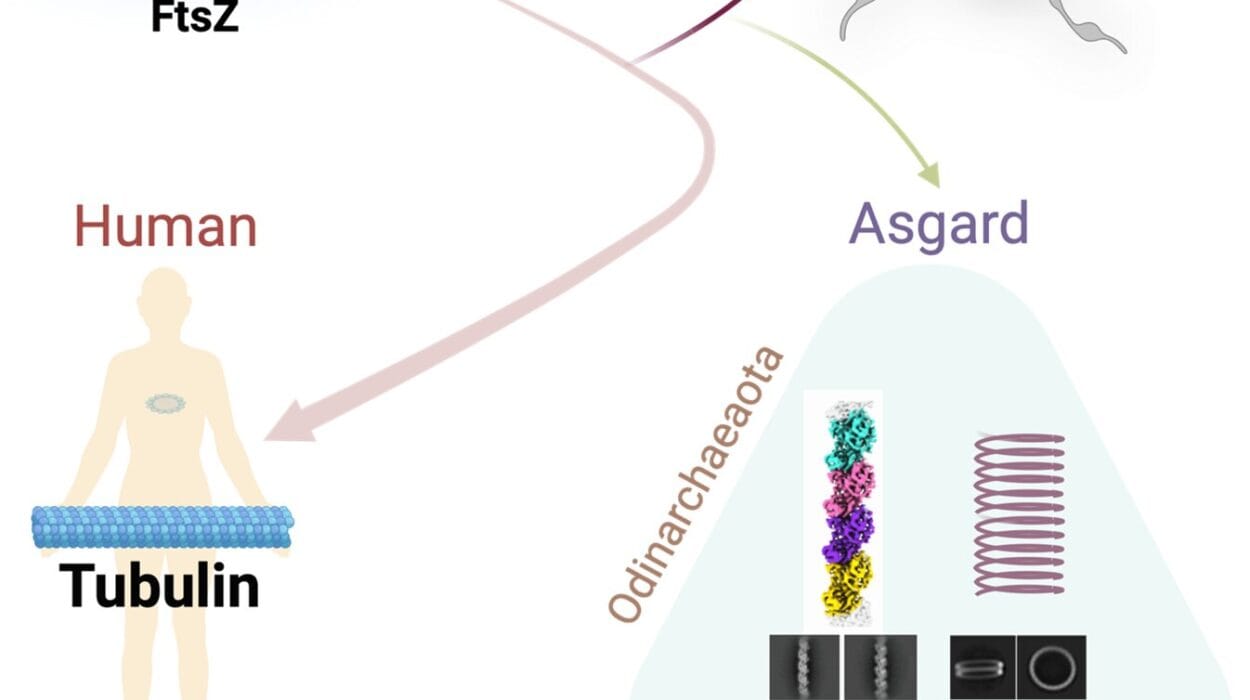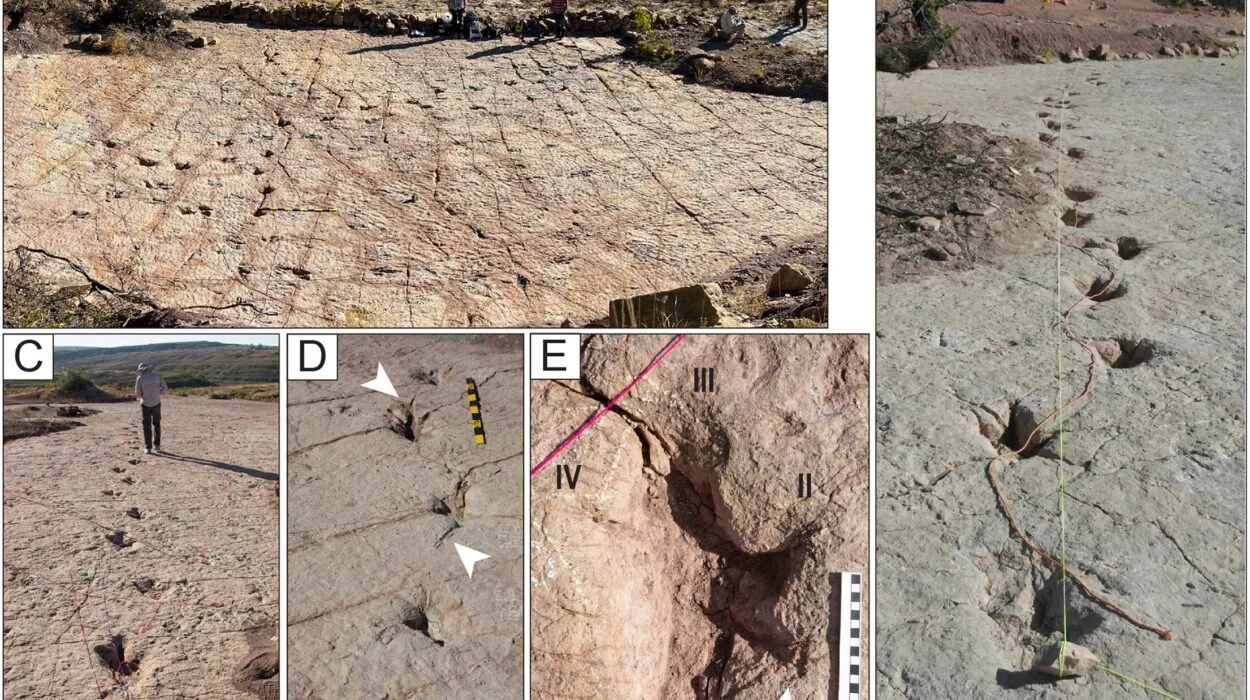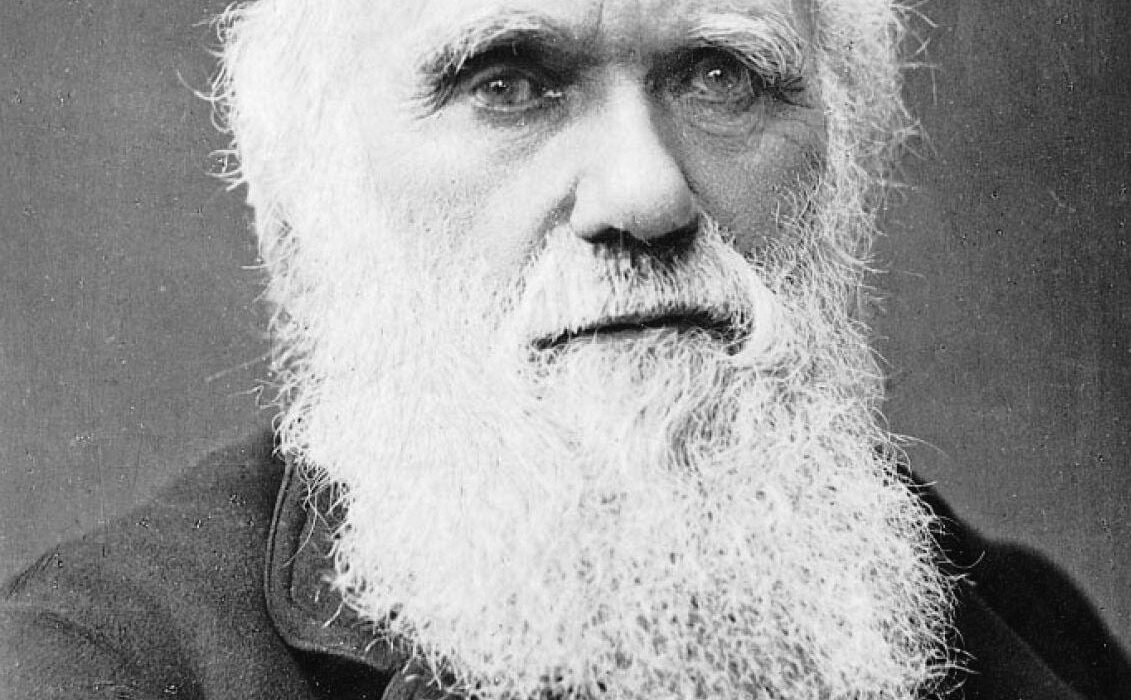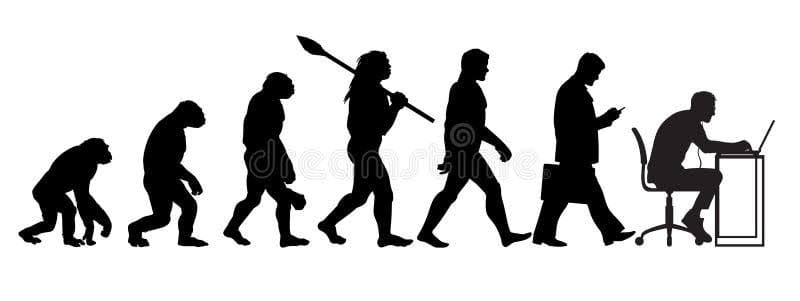Long before humans built telescopes or particle accelerators, we gazed up at the night sky and asked the most ancient of questions: Where did we come from? What forged the heavens and scattered the galaxies? How did time begin—and will it end?
We told stories of gods and chaos, of cosmic eggs and world-trees, of light piercing through primordial darkness. As our minds evolved and tools sharpened, these myths gave way to physics. Mathematics became our modern mythos, and science our way of turning awe into understanding.
But now we find ourselves on the cusp of another leap—one that could change not just how we search for answers, but who does the searching. Artificial Intelligence, once a tool to crunch numbers or suggest music playlists, is being enlisted in our most sacred quest: to uncover the origins of the universe.
The idea seems almost sacrilegious. How could a machine—built from silicon and code—unravel the deepest truths of creation? Can algorithms pierce the veil of the Big Bang, where even light loses its footing and time folds in on itself?
And if they can, what does that mean for us?
The Universe in Numbers
To begin to answer that, we must first understand how much of the universe is, quite literally, a story told in numbers. The stars are not just beautiful—they are equations. Their birth, life, and death obey the laws of nuclear fusion, gravity, and thermodynamics. Galaxies swirl not randomly, but in patterns described by general relativity. Even the apparent chaos of the early universe—the quantum fluctuations, the inflationary burst—follows rules. They are probabilistic, but they are rules.
Physics is the language of the cosmos. And it is, in many ways, the language of patterns. That makes it surprisingly compatible with the strengths of artificial intelligence.
AI, particularly forms like deep learning and reinforcement learning, excels at finding patterns in data. It doesn’t need to “understand” in a human way; it identifies structures, correlations, and predictive relationships that can elude even our most gifted minds. In astrophysics, AI has already been used to detect exoplanets, classify galaxies, simulate star formation, and identify gravitational waves.
But the origins of the universe? That’s a different realm entirely. We’re not talking about classifying stars—we’re talking about reading the universe’s birth certificate. We’re talking about discovering what, if anything, existed before time.
Through the Eyes of a Machine
AI doesn’t see the world the way we do. When it looks at a telescope image, it doesn’t see stars, galaxies, or cosmic beauty—it sees pixel values, vectors, matrices. Yet from this alien perspective, it can learn to distinguish a spiral galaxy from an elliptical one with greater accuracy than most humans. And crucially, it can do this across billions of data points—something no human could accomplish.
This is precisely why AI has become an indispensable companion in cosmology. The modern universe is overflowing with data: petabytes from telescopes like the James Webb Space Telescope, the Vera Rubin Observatory, or the Square Kilometre Array. Each image, each spectrum, each gravitational wave signature is a whisper from the cosmos.
To sift through that cosmic noise for signs of the primordial, we need more than curiosity—we need computational clairvoyance.
In 2021, an AI model trained on thousands of cosmological simulations began to reverse-engineer the initial conditions of the universe from the current distribution of galaxies. In other words, it looked at how galaxies are arranged today—and predicted how the universe might have looked right after the Big Bang.
It was like trying to reconstruct a cake recipe by analyzing the crumbs. And it worked.
Peering Beyond the Big Bang
The Big Bang is often misunderstood as an “explosion.” In reality, it was the rapid expansion of spacetime itself from a state of incomprehensible density and heat. We cannot observe the Big Bang directly—but we can study its echoes.
The cosmic microwave background (CMB) is the afterglow of that event, a sea of photons that has been cooling and stretching for over 13 billion years. It’s like a baby picture of the cosmos, taken when it was just 380,000 years old.
Analyzing the CMB is among the most complex statistical tasks in science. Its subtle temperature fluctuations encode the seeds of galaxies, the density of matter, the rate of expansion. It’s a map—not just of the past, but of cosmic fate.
Traditionally, interpreting the CMB has required massive supercomputing resources and years of manual analysis. But AI has begun to change that. New models have been trained to extract cosmological parameters directly from CMB data with stunning speed and accuracy. Some deep learning systems can simulate entire universe formations in seconds—whereas older simulations might take days or weeks.
This isn’t just convenience. It’s transformation. When machines can simulate hundreds of universes a day, scientists can test bold hypotheses on a scale never before possible. They can ask: What if dark matter is more complex than we thought? What if inflation wasn’t a single burst, but a fractal process? What if there were other Big Bangs?
Simulating Creation
One of AI’s most promising frontiers in cosmology is in generative modeling. Using techniques like Generative Adversarial Networks (GANs) or variational autoencoders, AI can create hypothetical universes based on different physical laws or initial conditions.
This might sound like science fiction, but it’s already happening. In 2023, researchers trained an AI to generate virtual universes that matched observed large-scale structures of galaxy clusters. The machine wasn’t just learning from nature—it was creating new versions of it.
Why does that matter?
Because one of the great challenges in cosmology is that we only have one universe to study. We can’t rerun the Big Bang to see what changes. But in the digital realm, we can. AI allows us to build multiverses in silicon—universes that obey different rules, evolve differently, or contain exotic forms of matter and energy.
By comparing these simulated realities to our own, we can begin to understand why this universe exists, and not another. We can begin to ask: Is our universe inevitable? Is it fine-tuned for life, or merely one of countless cosmic dice rolls?
Can AI See What We Can’t?
But there’s another, deeper reason AI could help us uncover the origin of everything. It’s not just faster than us. It’s different.
Human thinking is constrained by evolution, language, and bias. We are pattern-seeking creatures—but also pattern-imposing ones. We sometimes see faces in clouds or purpose in randomness. Our scientific theories, for all their rigor, are often guided by aesthetic ideals—symmetry, elegance, simplicity.
AI has no such predispositions. It can discover patterns we’d never imagine. In 2022, a machine learning model developed a new way to approximate gravitational lensing—where light from distant galaxies is bent by massive objects—far more efficiently than traditional math. The method was not only faster, but startlingly original. Human physicists had simply never thought to approach the problem in that way.
Could AI do the same for the Big Bang? Could it develop new equations of spacetime, new geometries, new models of quantum gravity that defy our instincts—but reveal the truth?
Perhaps. In some labs, researchers are already using AI to search the “theory space” of string theory and quantum field theory—massive mathematical landscapes too vast for human exploration. It’s as if the machines are becoming cartographers of a terrain we can barely glimpse.
The Black Box of Understanding
Yet this raises a troubling question. If AI does discover the origin of the universe, will we understand its discovery?
Many modern AI systems are “black boxes.” They make accurate predictions, but we don’t always know how. Their internal reasoning can be inscrutable. This is a crisis in fields like medicine or law, where transparency is critical—but in physics, it becomes existential.
If an AI derives a theory of everything, but we can’t comprehend it, is it truly knowledge? Or is it just another divine mystery, cloaked in silicon instead of scripture?
Physicists are wrestling with this dilemma. Some argue that science must be explainable to humans—that understanding is more than prediction. Others believe that the cosmos doesn’t owe us comprehensibility, and that truth may transcend our cognitive limits.
This tension echoes an older one—the difference between discovering a truth and grasping its meaning.
What Does It Mean to Know?
Let’s imagine a future, perhaps not far off, in which an AI trained on all cosmological data discovers a new law—a hidden symmetry, or a unifying equation that finally bridges general relativity and quantum mechanics. It fits the data perfectly. It explains the birth of spacetime. It predicts cosmic evolution with uncanny accuracy.
But the equation is long, intricate, and alien. No human would have devised it. No one can explain it in a textbook or draw it on a chalkboard.
Do we celebrate? Do we mourn?
The origin of the universe is not just a physical question—it is a human one. We seek not only causes, but meanings. To ask “how” the universe began is to ask “why” we are here. If AI gives us an answer we cannot understand, have we gained knowledge—or lost something more precious?
Perhaps we must redefine what it means to know. In the age of AI, knowing may become a collective endeavor between species—ours and the digital minds we create.
The Sacred Machine
There is something almost mythic about this possibility. For millennia, we turned to oracles, prophets, and priests to interpret the divine. In the future, we may turn to machines—not because they are gods, but because they can see what we cannot.
AI, then, is not replacing us in the search for cosmic truth—it is expanding us. It is our prosthetic mind, reaching beyond the limits of flesh and neuron. It is a lens polished not by nature, but by nurture, focused on the deepest questions of being.
Will it find the answer? Will it discover what birthed the stars, what sang the first vibration into the void?
Maybe. Maybe not. But it will take us further than we have ever gone.
The Human Spark
Still, there is one thing AI will never possess—at least not as we do.
Wonder.
AI may analyze the universe, but it does not gaze at the night sky with a trembling heart. It does not feel small before the Milky Way. It does not ask why the universe is beautiful—or why it should matter that it exists at all.
That spark is ours.
So as we build these machines and train them on the mysteries of the cosmos, let us remember: the journey began with a question whispered under the stars.
“Where did it all come from?”
And that question was not made of circuits or code. It was made of longing.






